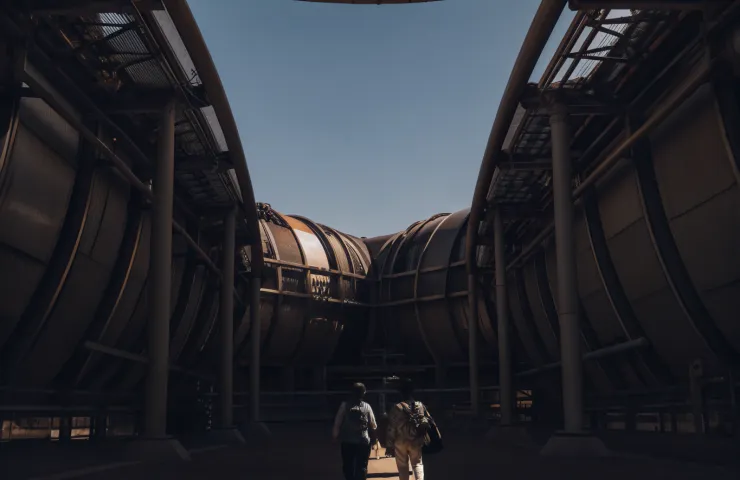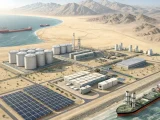
Hydrogen Production Using Nuclear Reactor Heat Could Make Japan a Global Energy Pioneer
April 25, 2025Japan is getting ready to make history by becoming the first country to use nuclear reactor heat for large-scale hydrogen production. This bold move comes from a partnership between the Japan Atomic Energy Agency (JAEA) and Mitsubishi Heavy Industries (MHI). Together, they’re working on a groundbreaking project that uses high-temperature gas-cooled reactors (HTGRs) and the iodine-sulfur (IS) thermochemical process to produce hydrogen without spewing out carbon—an exciting milestone in the push for serious industrial decarbonization.
Why nuclear heat? Here’s the edge
HTGRs are all about generating serious heat, efficiently and consistently. That high heat gets put to work splitting water molecules into hydrogen and oxygen using a closed-loop, low-emission process. What makes this really stand out is its ability to produce hydrogen around the clock—no need to rely on whether the sun’s shining or the wind’s blowing. For a country like Japan that’s aiming for carbon neutrality by 2050, this could be a game-changer in reducing its reliance on imported fossil fuels.
A future with fewer emissions—and bigger ideas
Although the technology is still under development, the potential ripple effects are huge. If all goes well, it could shift public perception of nuclear energy and reshape conversations around clean hydrogen infrastructure on a global scale. It’s not just about generating green hydrogen—it’s about showing the world that combining innovative zero-emission technology with proven energy sources can open doors we didn’t know existed.
The JAEA and MHI partnership is more than a big science project—it’s a bold vision of what’s possible when you fuse innovation, energy independence, and environmental responsibility. If successful, this effort won’t just help power Japan’s future—it might just help lead the world there too.



 With over 15 years of reporting hydrogen news, we are your premier source for the latest updates and insights in hydrogen and renewable energy.
With over 15 years of reporting hydrogen news, we are your premier source for the latest updates and insights in hydrogen and renewable energy.